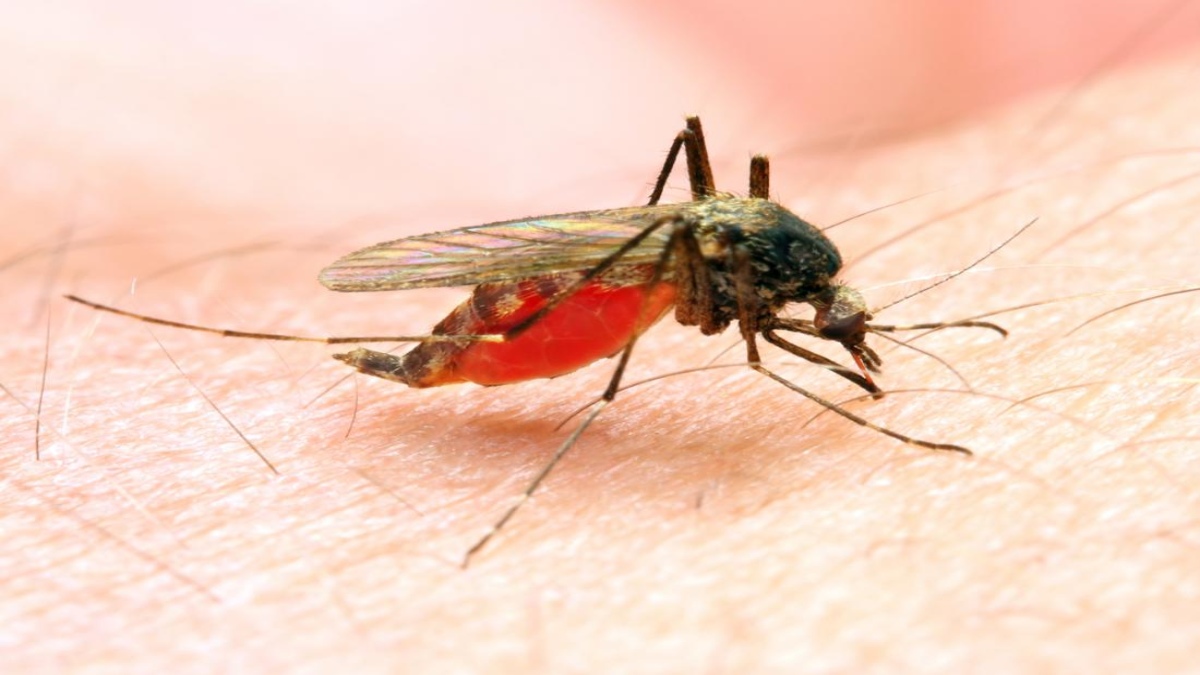


In Chhattisgarh, the average number of people suffering from malaria is decreasing rapidly. The state’s API (Annual Parasite Incidence) has recorded the highest decline of 4.04 points in the last five years (from 2015 to 2020). According to the API report released by the Government of India, in 2015, an average of 5.21 persons per 1,000 population used to suffer from malaria. It has reduced to just 1.17 in the last five years. In 2005, the average annual number of malaria patients per thousand population in the state was eight. The figure reached 6.14 in 2010, 5.21 in 2015, and has now come down to only 1.17.
There has been a widespread impact of the Malaria Free Bastar Campaign and the Malaria Free Chhattisgarh Campaign in the state. With the effective operation of both these campaigns by the National Health Mission, Chhattisgarh, the number of malaria victims is steadily declining.
Under the Malaria-Free Bastar campaign, in seven districts of Bastar division, 14 lakh six thousand people have been screened for malaria in the first phase; 23 lakh 75 thousand in the second phase and 10 lakh 58 thousand people in the third phase. During this period, 64,646 people were found to be suffering from malaria in the first phase, 30,076 in the second phase and 14,828 people were treated promptly in the third phase.
After the success of the Malaria-Free Bastar campaign, the Malaria-Free Chhattisgarh campaign has been started to free the entire state from malaria. Under this, in the first phase in Surguja division, treatment of three lakh 70 thousand people found positive after testing malaria was started on the spot. Under the Malaria-Free Chhattisgarh campaign, a total of 14 lakh 27 thousand 358 people from 2,309 villages of Bastar and Surguja divisions were tested for malaria in December 2020 and January 2021. As part of the campaign, along with malaria screening in remote and inaccessible villages surrounded by mountains and forests, treatment of various diseases and distribution of free medicines was done. During the campaign, the Health Department team reached many villages after years.